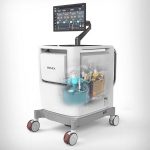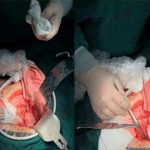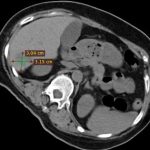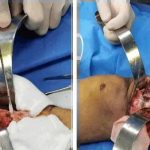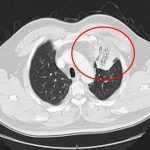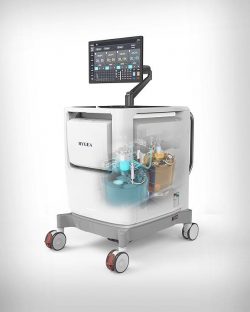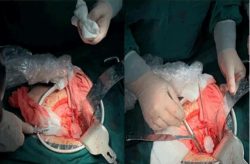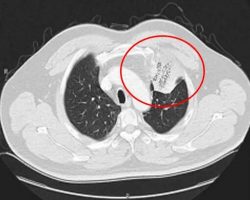CRYOSURGERY FOR LIVER CANCER
Liver cancer cryoablation, a minimally invasive therapeutic procedure, has emerged as a promising option for treating certain cases of liver cancer. Cryoablation for pain involves the use of extreme cold temperatures to destroy cancerous cells within the liver while preserving as much healthy tissue as possible. This technique is particularly relevant for patients who may not be suitable candidates for surgery or other conventional treatments.
During the cryoablation procedure, a thin, needle-like probe is inserted directly into the tumor within the liver. This probe delivers extremely low temperatures, typically reaching below -40 degrees Celsius, to create an ice ball that engulfs and destroys the cancer cells. The freezing and thawing cycles induce cellular injury, leading to the death of the targeted cancerous tissue.
One significant advantage of cryotherapy for liver cancer is its ability to treat tumors in a localized manner. This precision is crucial for tumors that are not easily accessible through surgery or for patients with multiple small tumors. Additionally, cryoablation is well-tolerated by many patients and often performed on an outpatient basis.
The success of liver cancer cryoablation depends on various factors, including the size and location of the tumor. Small tumors located near the liver surface are generally more amenable to cryoablation. For larger tumors or those situated near major blood vessels, a combination of therapies or alternative treatments may be considered.
Clinical studies have shown that liver cryoablation cancer treatment can provide effective tumor control and potentially improve survival rates, especially when used in conjunction with other therapeutic modalities. However, like any medical procedure, there are associated risks and considerations, including the potential for bleeding, infection, or damage to nearby organs.
As technology advances and research in the field of oncology progresses, liver cancer cryoablation is expected to play an increasingly significant role in the comprehensive management of liver cancer. Its minimally invasive nature, coupled with its potential for treating challenging cases, positions cryoablation as a valuable tool in the ongoing fight against liver cancer.
Liver Cancer Case Sharing
Case 1
Case Characteristics
The lesion was under the liver capsule at VI segment of the liver and was adjacent to the right kidney. The preoperative CT scan showed that the therapeutic lesion was in the right lobe of liver, sized at 30.4×31.5 mm.
cryotherapy liver
Ablation-two cycles
(freezing for 20min + heating re-warming for 5min)
Case 2
Case Characteristics
The lesion was adjacent to portal vein. CT scan showed that the lesion was at the junction of IV and V segments, sized as 41×32mm.
Ablation-two cycles
(freezing for 20min + heating re-warming for 6min)

